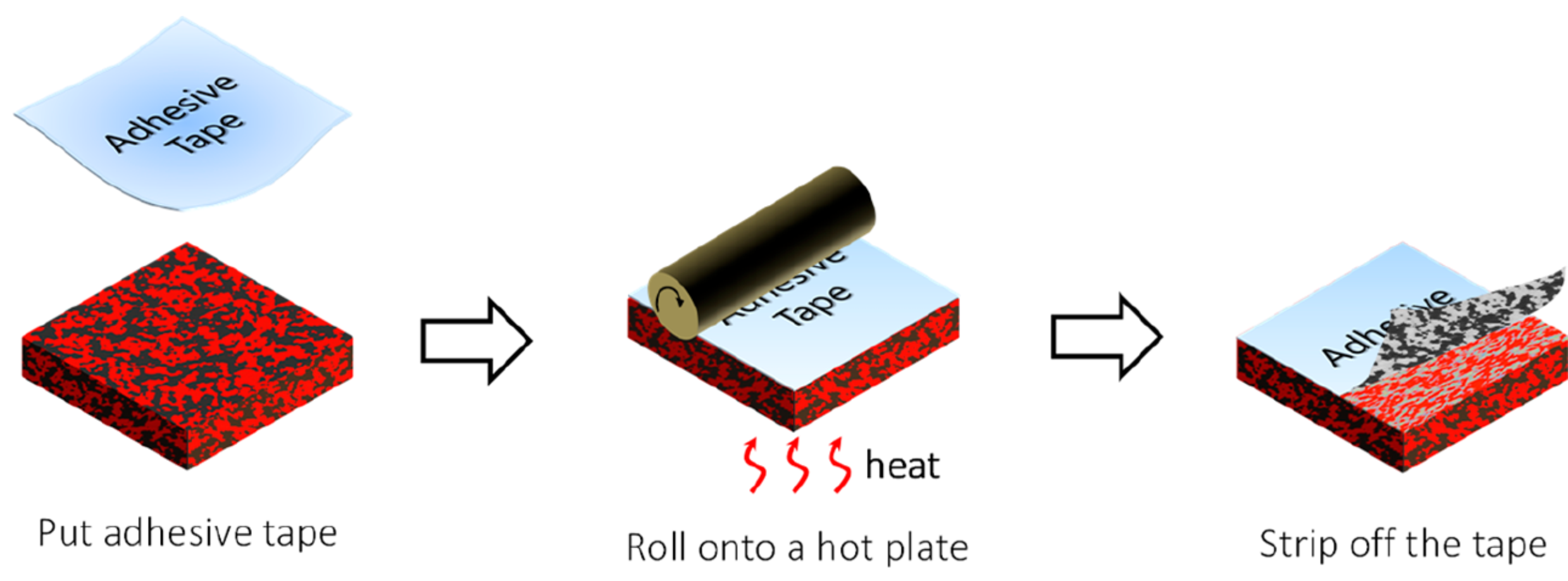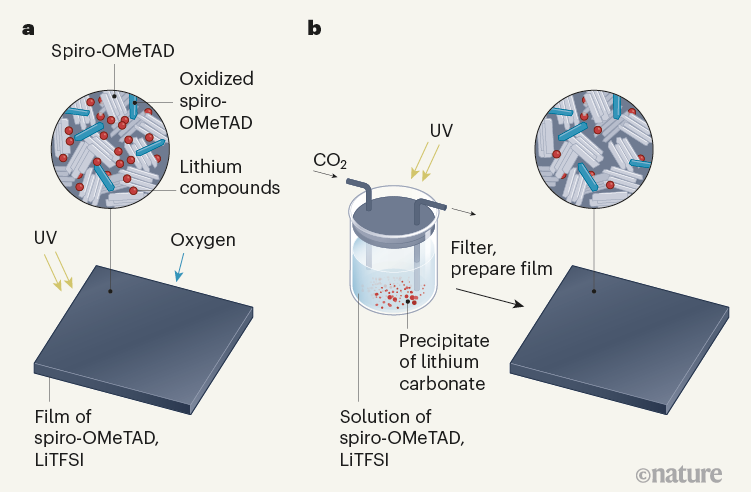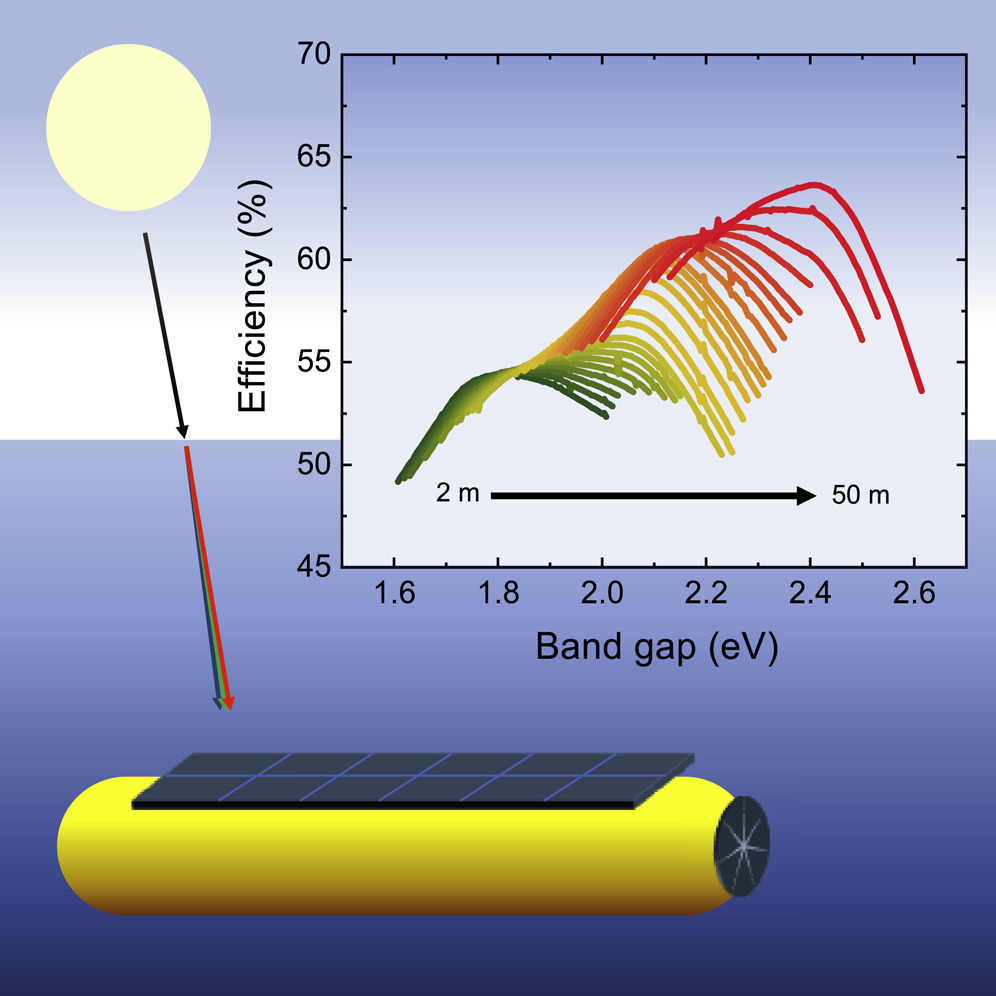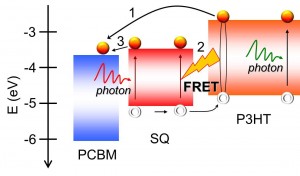
CO2 doping of organic interlayers for perovskite solar cells
Doped organic semiconductors are often used as charge-extraction interlayers in perovskite solar cells and Spiro-OMeTAD is the most frequently used semiconductor in the hole-conducting layer. Its electrical properties affect the charge collection efficiencies of the solar cell. So, to enhance the electrical conductivity of spiro-OMeTAD, LiTFSI, a metal salt, is typically used in a doping process, initiated by exposing the spiro-OMeTAD:LiTFSI blend films to air and light for several hours. This process, in which oxygen acts as the p-type dopant, is time-intensive and hinders the commercialization of solution-processed perovskite solar cells. To tackle this issue, the TMD lab has developed a fast and reproducible doping method that involves bubbling a spiro-OMeTAD:LiTFSI solution with CO2 under ultraviolet light promoting its p-type doping. CO2-treated interlayer exhibits 3 times higher conductivity than a film doped with conventional techniques while realizing stable, high-efficiency perovskite solar cells without any post-treatments. This method can also be used to dope π-conjugated polymers, such as P3HT. This work is published in Nature.


Efficiency limits of underwater solar cells
Most attempts to use solar cells to power underwater systems have had limited success due to the use of silicon, which has a relatively narrow band gap and absorbs ultraviolet (UV), visible, and infrared (IR) light. Because of absorption by water, most of the IR light from the sun is absorbed at relatively shallow depths, and wider band-gap semiconductors, which primarily absorb visible light, should therefore be used. To understand how efficient underwater solar cells can be and what band gaps are optimum in deep waters, we combined oceanographic data with detailed balance calculations to show that solar cells can harvest useful power at water depths down to 50 m with very high efficiencies. Our findings show that underwater solar cells can efficiently generate useful power in very deep waters but should employ much wider band-gap semiconductors than what are currently used today.
FRET Based Organic Solar Cell

There are two crucial tasks for realizing high-efficiency polymer solar cells (PSCs):
•Increasing the range of the spectral absorption of light
•Efficiently harvesting photogenerated excitons
Nature is always our best teacher. Considering how small the photosynthetic reaction sites are in a leaf, some highly efficient ways of transferring, e.g. Förster resonance energy transfer (FRET), the captured photon energy from the pigments to reaction centres must come into play. Although FRET is a well-studied phenomenon in other areas of research, there had been very little effort to employ FRET to improve solar cell performance. To realize this idea, we specifically selected a photoactivematerial with a high light absorption coefficient and a counterpart to comply the absorption-emission spectrum overlapping rule of FRET.
FRET-based polymer cells address several problems: The limited spectral absorption, control of nanomorphology, and inefficient harvesting of photo-generated excitons.
1. The P3HT mainly absorbs green and orange light, while squaraine dye highly absorbs red and near-infrared light in a complementary manner. Introducing squaraine thus increases the spectral range of light absorption.
2. The squaraine prefers to dwell at the interfaces of P3HT and PCBM, leading to developed ordering of the interpenetrating network.
3. The properties of the P3HT and squaraine optically satisfy conditions for non-radiative energy transfer process, i.e. FRET, which facilitates the smooth migration of excitons towards the interfacial heterojunctions where charge separation occurs.
This architecture transcends traditional multiblend systems, allowing multiple donor materials with separate spectral responses to work synergistically, thereby enabling an improvement in light absorption and conversion. Our approach offers a more viable solution than designing or seeking a single material to capture energy from the full solar spectrum. By strategically combining different materials with the proper spectral range to take advantage of FRET, more photo-excited energy, which may dissipate as heat, can be extracted out of solar cell into electricity. This opens up a new avenue for the development of high-efficiency polymer solar cells
